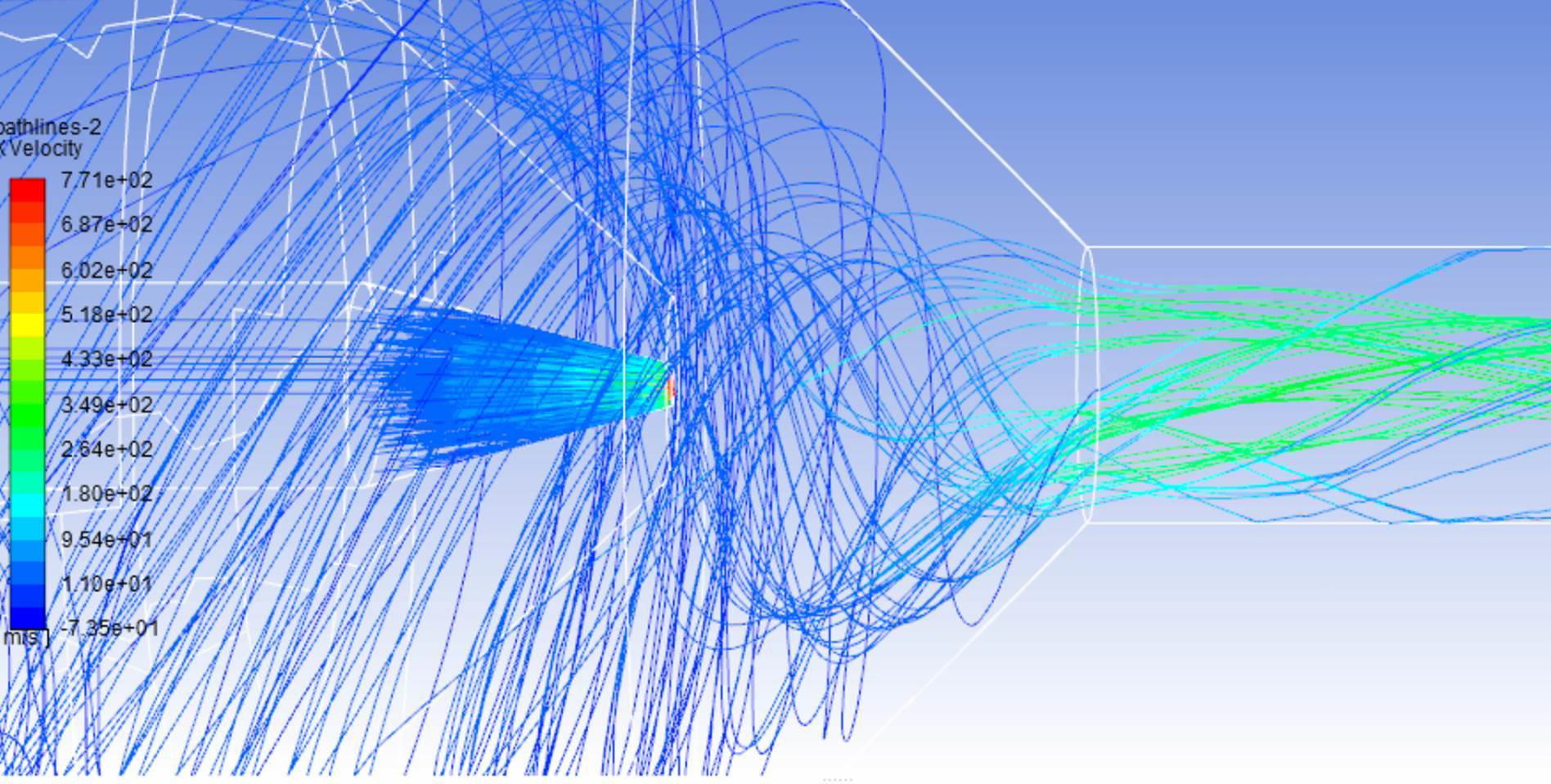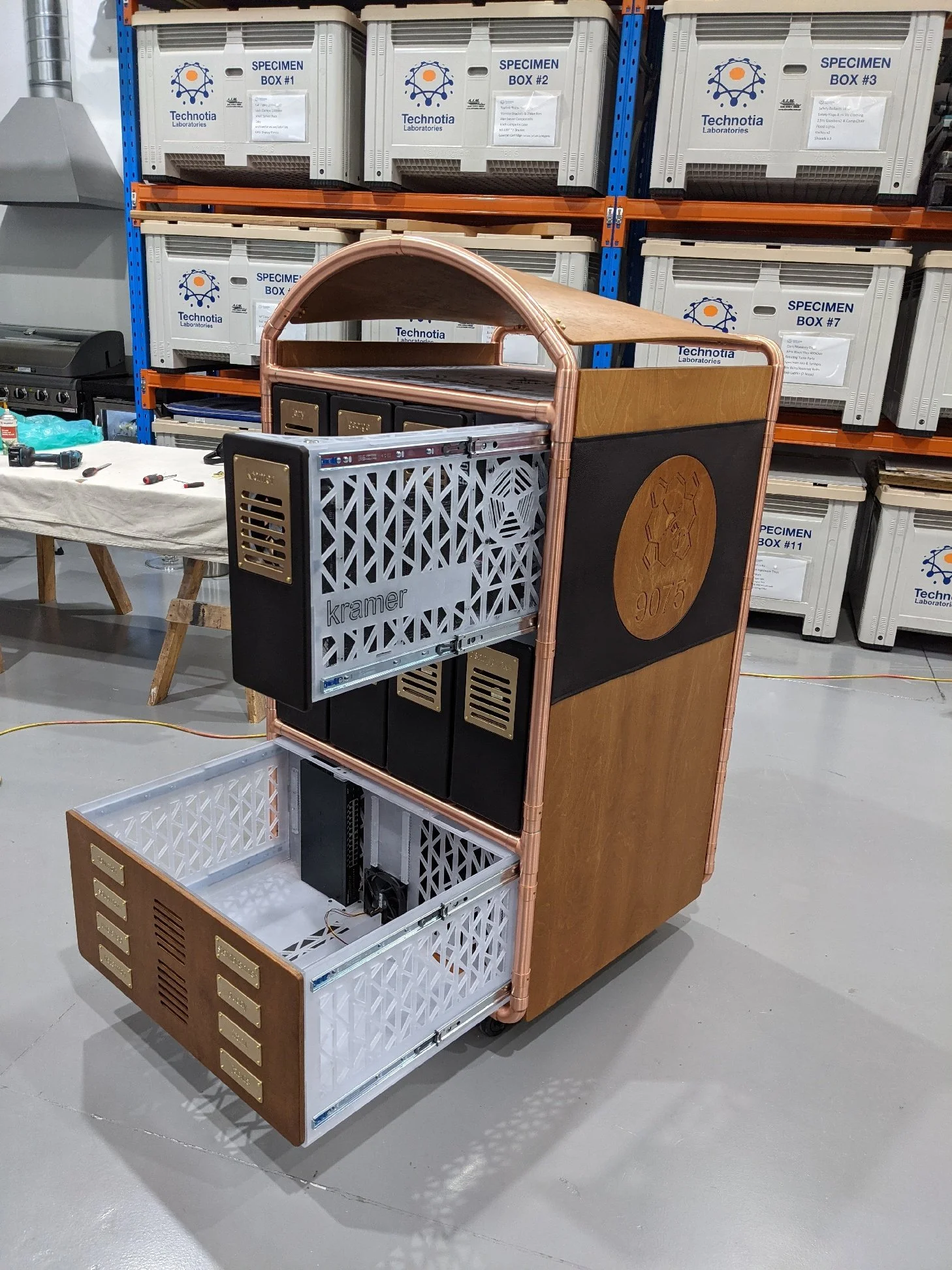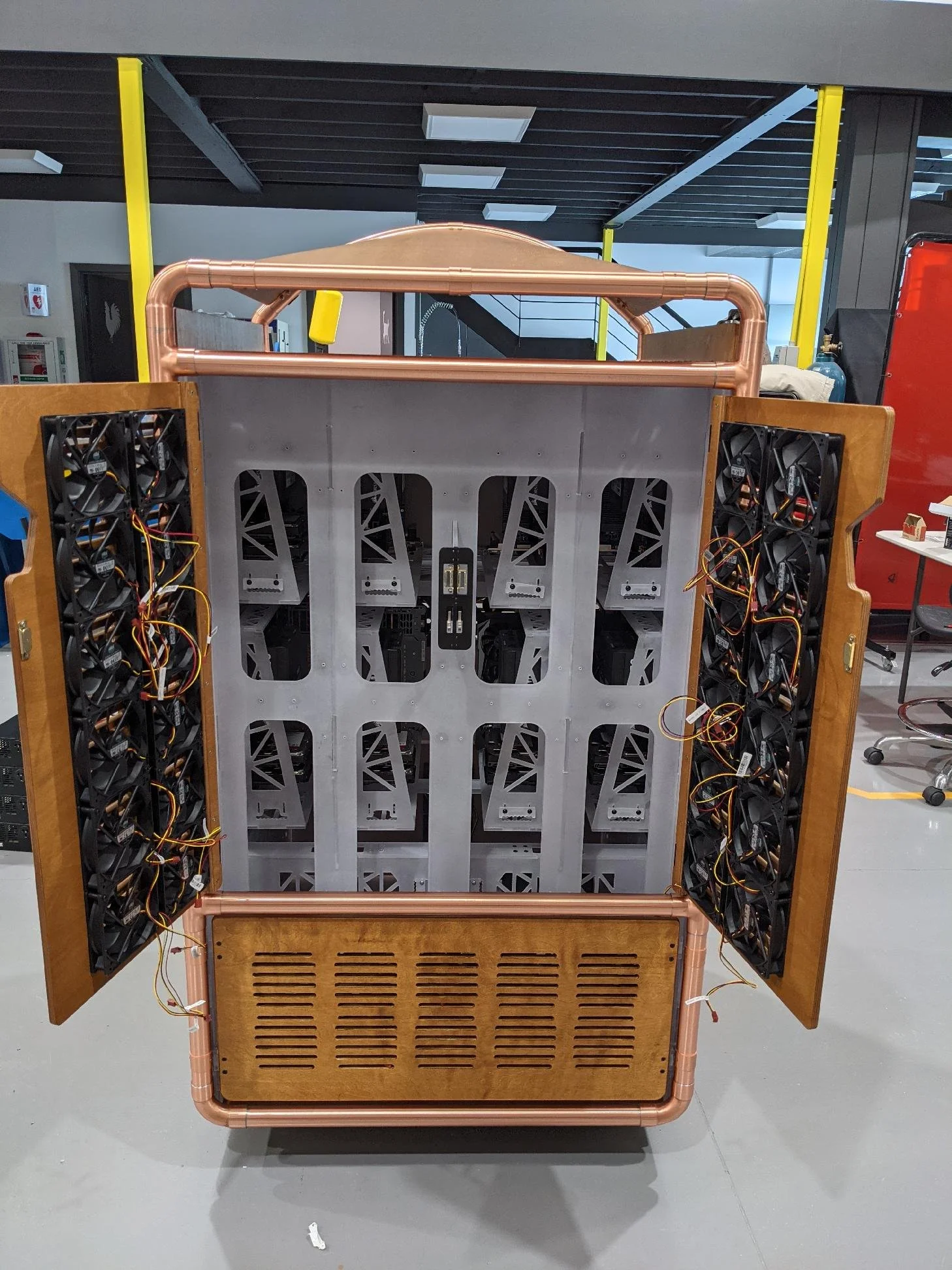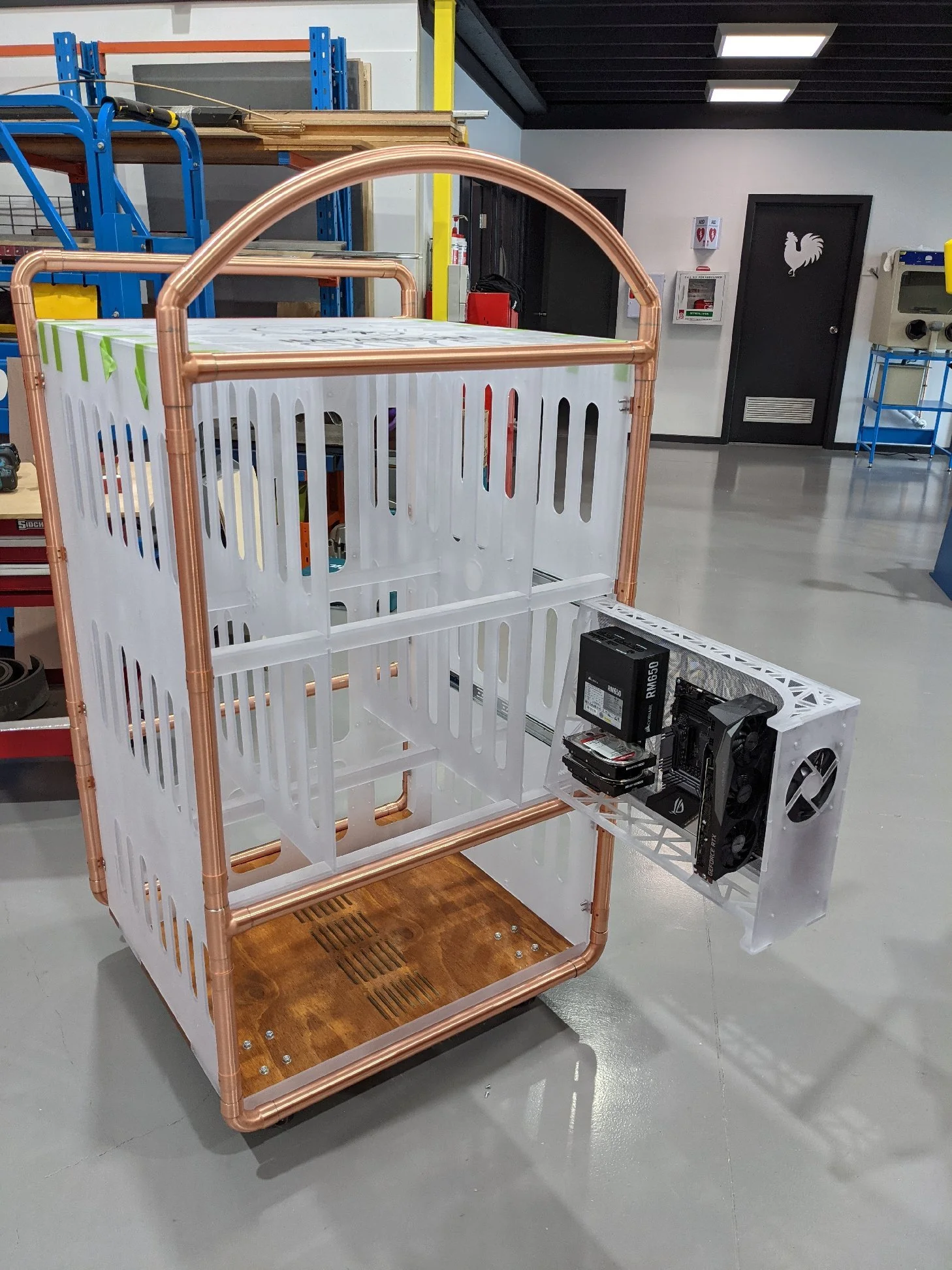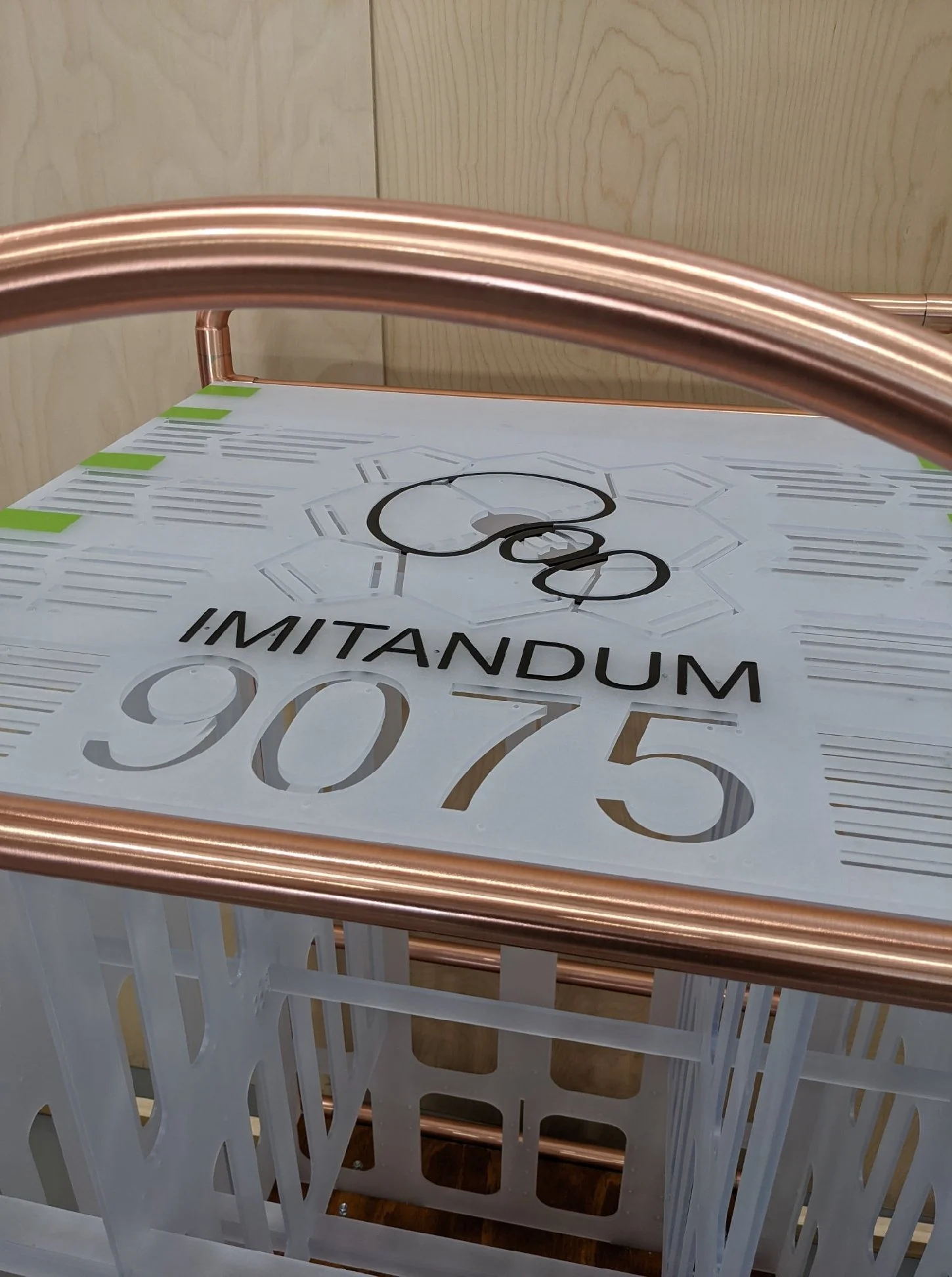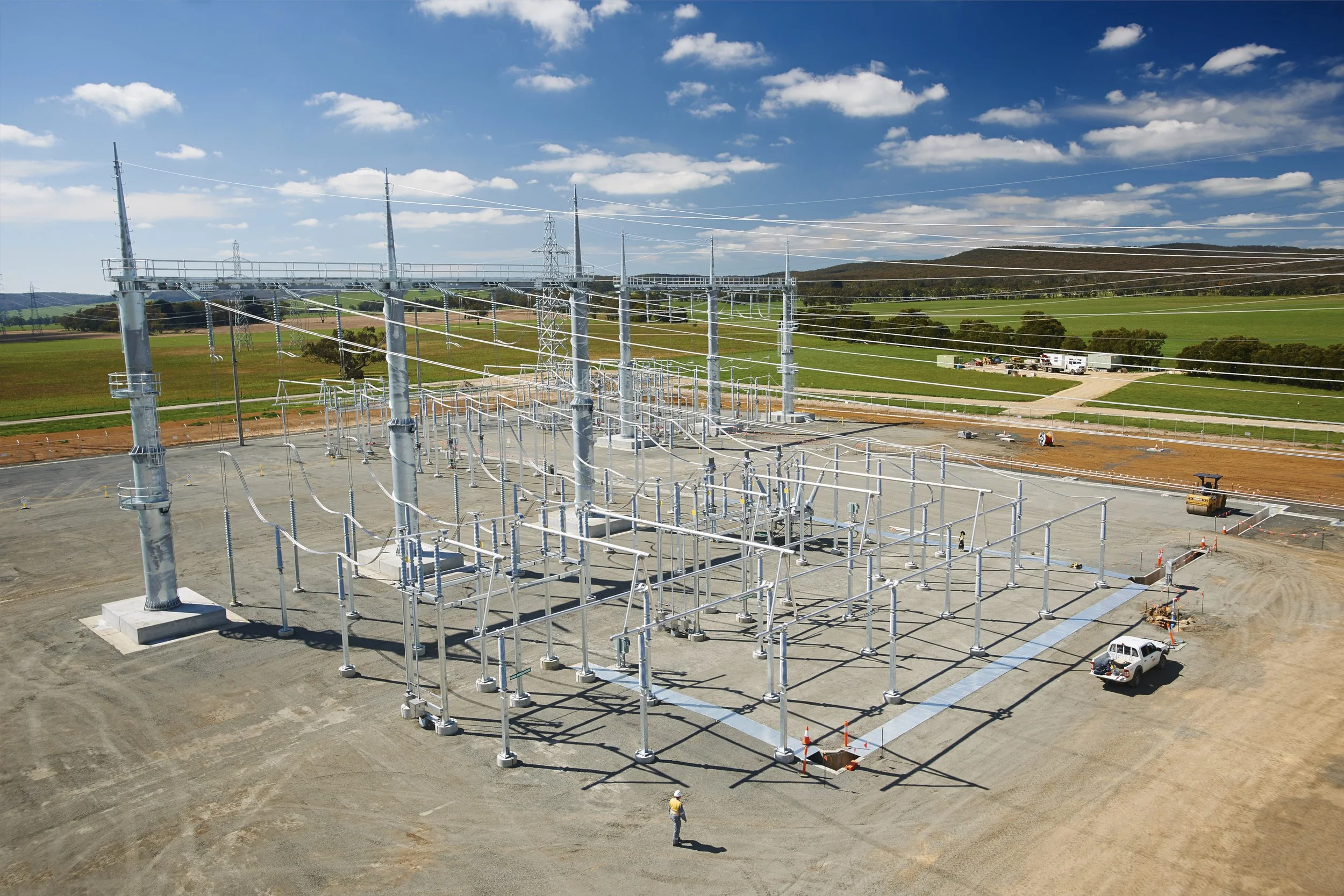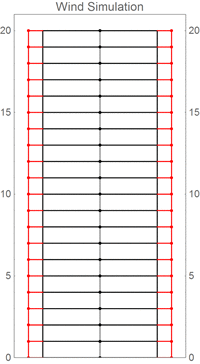
Impact over Industry
We don’t choose projects by industry or brand name — we choose them for their potential to make an impact.
From health and energy to fintech, construction and beyond, we have worked across various sectors, applying scientific rigour and creative problem-solving to the challenges that matter most.
Learn more about our work below.
Nidus & Hot 2 Trot
Nidus is the latest version of Technotia Labs’ predictive technology. It has been developed separately from, but utilising the learnings and experience of earlier technology designed by Technotia Labs.
Hot 2 Trot is the dashboard interface used to display the data generated from Nidus in a user-friendly and interpretable manner. That data is overlayed with information that supports trading decisions, such as indications of which of the predictions each model sees as the hottest or most accurate.
Emergency Ventilator
Engaged early in the COVID-19 pandemic by NSW Health to design and prototype an ICU grade ventilator for local production. The team developed a world first Venturi ejector valve capable of precisely mixing ambient air and medical-grade oxygen to required ratios. The project involved close collaboration with multiple stakeholders to deliver a fully functional prototype.
Arachnid
Arachnid is a multi-disciplinary scraping tool developed by Technotia Laboratories. It’s a modular and extensible framework for the scraping of data/files from identified sources. It creates a framework for centralising data/files from disparate sources to one or more central locations and the management of this.
Arachnid includes an extensible indexing and search solution which can accommodate a variety of search and discovery patterns. The tool provides a detailed account of platform interactions for a full audit trail, whilst respecting IT security and existing access permissions structures. Arachnid has been designed with the user in mind, featuring a clear and easy-to-navigate user experience. It also includes a data ingestion capability and the ability to manage data in a range of formats
Server Technologies
The team have been building their own servers for many years with the latest servers (the Maxwell clusters) benefiting from the learning and knowledge of the earlier servers designed, developed and configured by the team. The server technology provides numerous benefits including improving the compute power without excessive energy consumption or cooling requirements.
The Maxwell clusters have been designed by Technotia Labs in a modular manner. This allows them to work in a distributed network and reallocate the load in instances where certain sections are taken out of commission, without impact to the whole system. The current design also allows for the use of readily available components, which can be easily replaced when needed.
The servers developed by Technotia Laboratories include unique designs, configurations, algorithms and code. They are protected through copyright and as trade secrets and confidential information.
Elaine Power Station
The team delivered a major infrastructure project under a fast-tracked timeline, including the design and construction of a terminal station and 21km of transmission line. The project introduced innovative prefabrication methods to streamline construction, reduce labour requirements and overcame challenging site conditions. Achieved zero lost-time injuries across the 311 construction days, with the successful project delivery setting a new benchmark for safety, efficiency, and design integration.
Elliptical Energy Pathway Theorem (EEPT)
The Elliptical Energy Pathway Theorem (EEPT) is a building philosophy developed by Prof. James Murray-Parkes, Dr. Jackson Clarke and the team that draws on natural energy flow through structures. It has informed innovations such as modelling building dynamics with coupled pendulums, using existing mass as a self-tuning mass damper and designing textured facades to modify wind-structure interactions.
Perth Stadium
Under the leadership of Prof. James Murray-Parkes, alternative design options for Perth Stadium were developed to improve efficiency and optimise material selection. Efficient connections were engineered to address alignment and tolerance challenges, reducing erection time. Redundant materials were minimised, and alternative systems proposed to lower overall project mass and enhance sustainability. Drawing inspiration from the shock absorber swingarm joint of a motorcycle, James designed a cylindrical multiple hinge truss connection to support the stadium’s roof structure.





